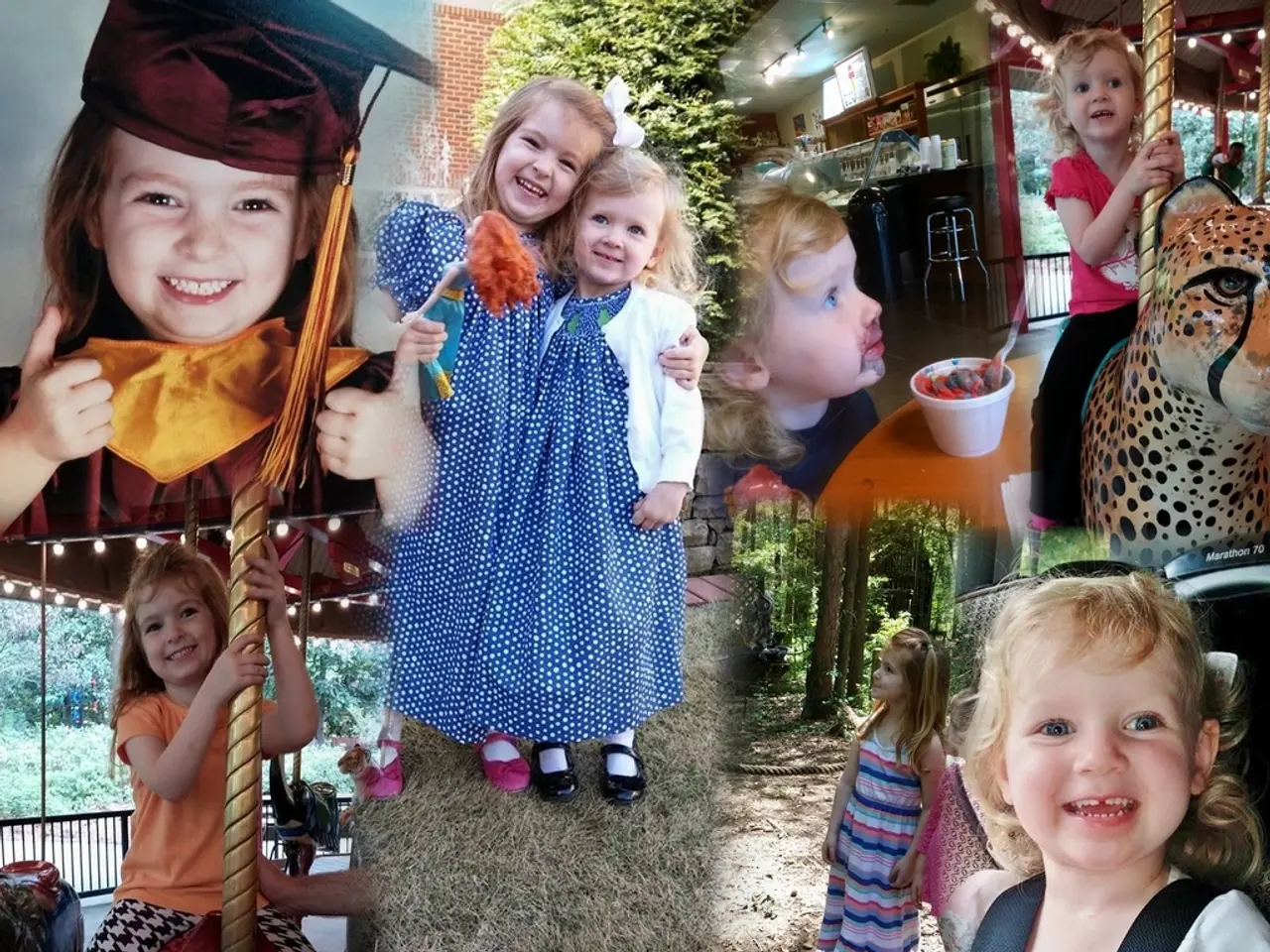Introductory Abacus Exercises
Learning with an Abacus: A Playful Approach for Toddlers
The abacus, a timeless tool, has found a new purpose in modern classrooms and playrooms as a versatile learning aid for toddlers. Its colourful beads and tactile features make it an ideal tool for integrating visual, auditory, and kinesthetic elements into playful learning routines.
Color Activities
Use an abacus with brightly coloured beads grouped by colour. Sing simple songs emphasising colours while moving matching beads. For example, "Red bead, blue bead, count with me!" Encourage toddlers to slide beads by colour to reinforce colour recognition through touch and sight.
Alphabet Activities
Attach or display alphabet cards or stickers near corresponding rows of beads. Pair each letter with a simple word or sound song. Children can slide a bead for each letter sung or pronounced, combining letter recognition with counting and rhythm. Using abacus beads as placeholders while singing the alphabet can make it interactive and multisensory.
Shape Activities
Use shape stickers on the abacus frame or nearby. You can count beads in groups that match a shape or create simple matching games where beads represent certain shapes when grouped. Singing songs about shapes while moving beads helps toddlers associate the shapes and numbers simultaneously.
Number and Counting Activities
This is the classic use—teach toddlers to count by sliding beads one by one while singing counting songs (e.g., "One, two, three, count with me!"). Use flashcards, counting races, or memory games by showing numbers and having toddlers represent them on the abacus. Counting with objects alongside beads can reinforce understanding.
Song Activities
Create or use catchy songs that integrate colours, alphabets, shapes, and numbers referencing bead movements on the abacus. For instance, a counting song that mentions colours of beads or letters while children move the beads along rhythmically enhances engagement and memorization.
These methods combine tactile interaction with auditory learning, making abstract concepts concrete and enjoyable for toddlers. Using a toddler-friendly, colourful abacus designed for ages 3 and up can maximize effectiveness.
Examples of Activities and Songs
| Activity Type | How to Use Abacus | Example Song or Game Idea | |---------------|-------------------|------------------------------------| | Color | Slide beads by colour groups | Sing "Red beads, blue beads" while moving | | Alphabet | Match beads with letter cards/stickers | Alphabet slide with A-B-C song | | Shape | Group beads linked to shapes or use shape stickers | Shape counting song with bead movement| | Number & Counting | Count beads while singing numbers | "One, two, three" counting race | | Counting Song | Sing & slide beads together | Custom counting/color song |
In addition to the activities mentioned above, young toddlers can find joy in pushing beads from side to side on an abacus. Counting songs can be used with an abacus to help learn numbers 1-10, with examples including "10 Green Bottles," "Five Little Ducks," "Five Little Monkeys," "Five Little Speckled Frogs," and "10 Little Indians."
The beads on an abacus are brightly coloured, attracting young toddlers. Shapes can also be learned using an abacus, although the specific shapes that can be learned are not explicitly mentioned in the text. "One Man Went to Mow" is another counting song that can be used with an abacus.
This multisensory approach supports concentration, fine motor skills, and logical thinking in early learners while making learning fun and interactive.
A home-and-garden setup can benefit from the inclusion of a colourful, toddler-friendly abacus to bolster learning and lifestyle activities. By integrating these tactile learning aids into color, alphabet, shape, number, and counting activities, young toddlers can boost their color recognition, letter recognition, shape recognition, and number skills, thereby enriching their home-and-garden learning environment.




